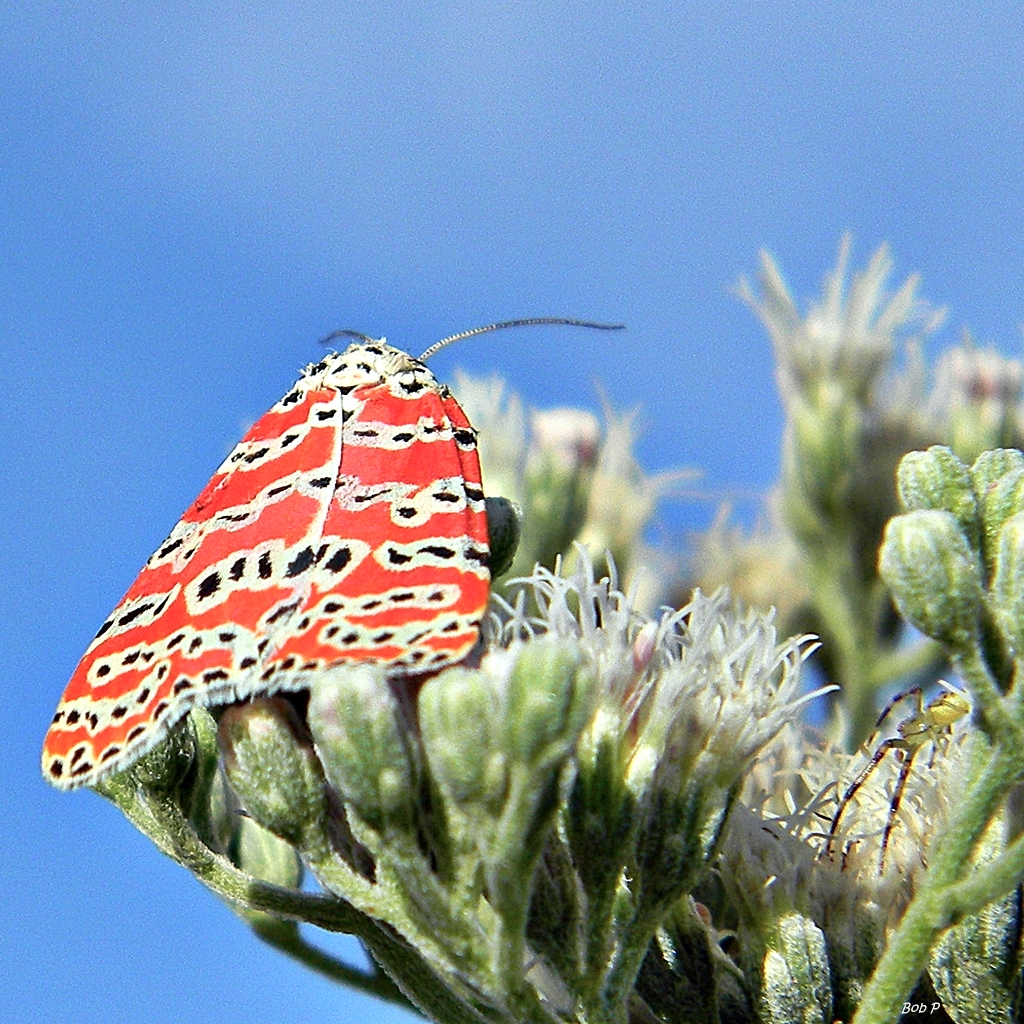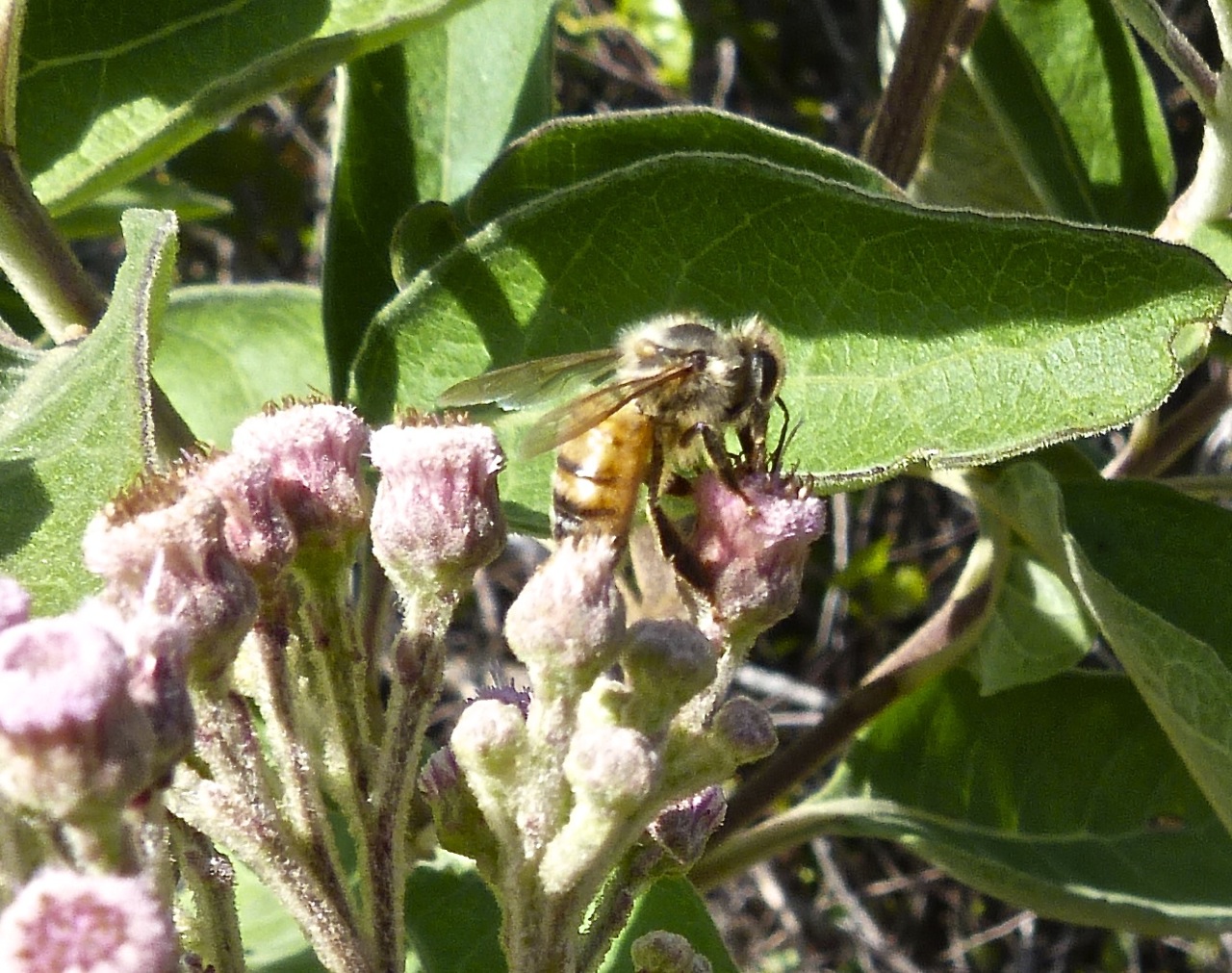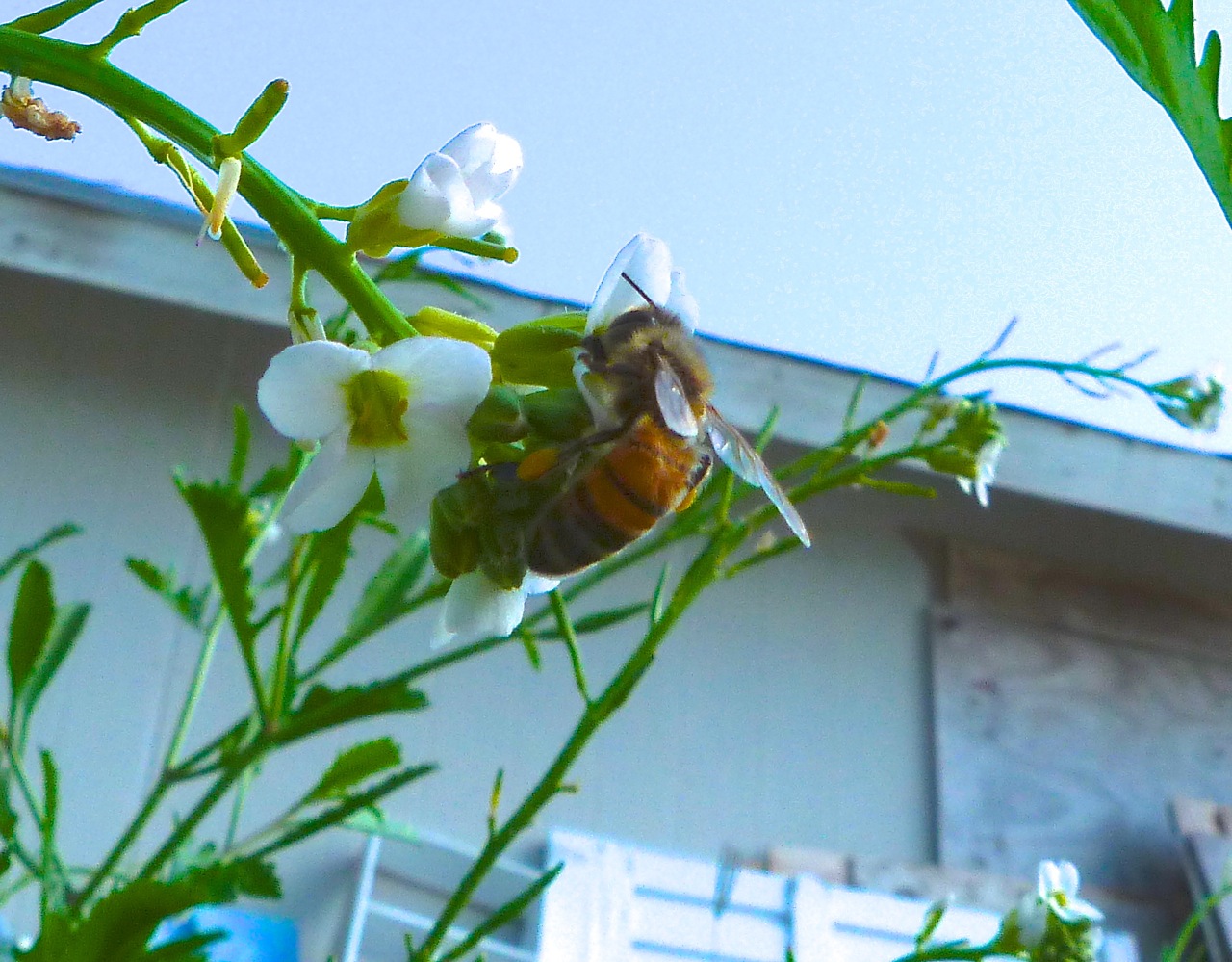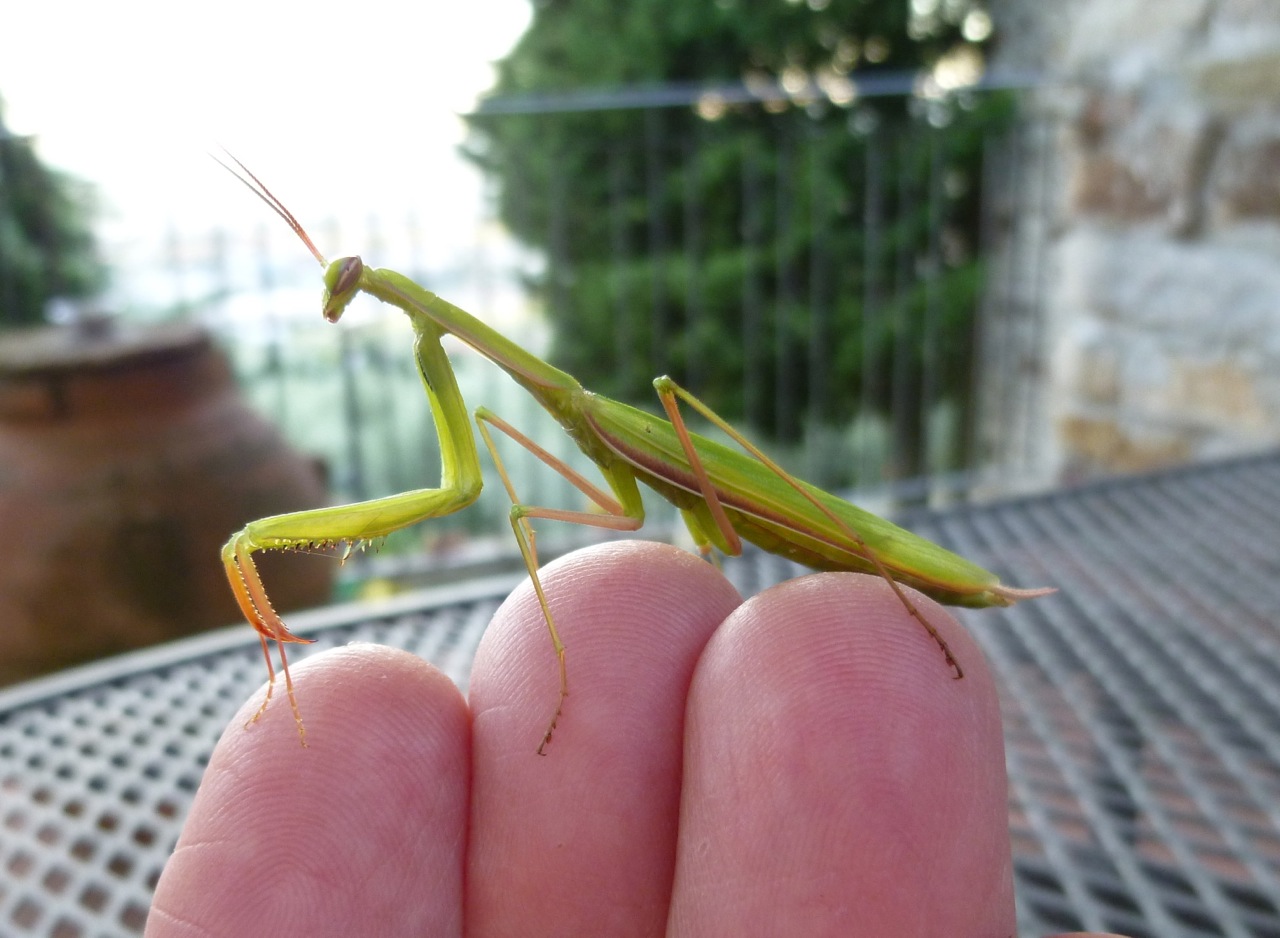
BELLA MOTHS: COLOURFUL, POISONOUS & PROMISCUOUS
The BELLA MOTH Utetheisa ornatrix is also known as the ‘ornate moth’ or ‘rattlebox moth’ (a tall spiky plant of the species Crotalaria). The italianate ‘bella’ signifies beauty and all the many synonyms for it. These moths come in colours ranging from pink to red or orange, and yellow to white. Some have vivid coloration, others are less bright. Their black dot markings are broadly similar. Moths are often thought of as creatures of the night, so daytime would not be an auspicious time for moth-hunting, you might think. In fact there are many moth species that are active during the day (‘diurnal’), and the Bella Moth is one of them.


DEFENSIVE WARNINGS
The bright coloration is (as in many species) nature’s way of saying ‘leave me alone’ and in particular, ‘I am very unpleasant to eat’. It is called APOSEMATISM. The unpleasantness derives from toxins of the plants they feed on. This starts at the larval stage. The larvae feed on plants that contain poisonous alkaloids – in particular the yellow rattlebox plant. This renders them extremely unpalatable, both as larvae and as adults. Bella adults in need of an alkaloid boost may cannibalise moth eggs, pupae or larvae to counter a deficiency.

BELLA MOTH SEX LIVES: ‘IT’S COMPLICATED’
- Sexual encounters are dictated by females, who compete with other females for males
- Females seeking to mate always outnumber available males
- A female bella will release powerful pheromones at dusk to lure males
- Related females uniquely engage in collective pheromone release
- This is termed “female pheromonal chorusing”, an irresistible draw for the males
- Several males will give the female chemical ‘nuptial gifts’ of both poison and sperm
- The female chooses the best of her various suitors and copulates with 4 or 5 of them
- The whole process of multiple copulation may take up to 12 hours
- In some way I don’t understand, madam is able to select her preferred sperm provider
- The sperm of the other males is rejected, and they go away dejectedly to the pollen pub
- Humans: do not try any of this, whether at home, in the office, in public, or when driving

Credits: Bob Peterson (1, 6); Keith Salvesen (2, 3); Charles J Sharp (4); open wings by Dumi (5)




































You must be logged in to post a comment.